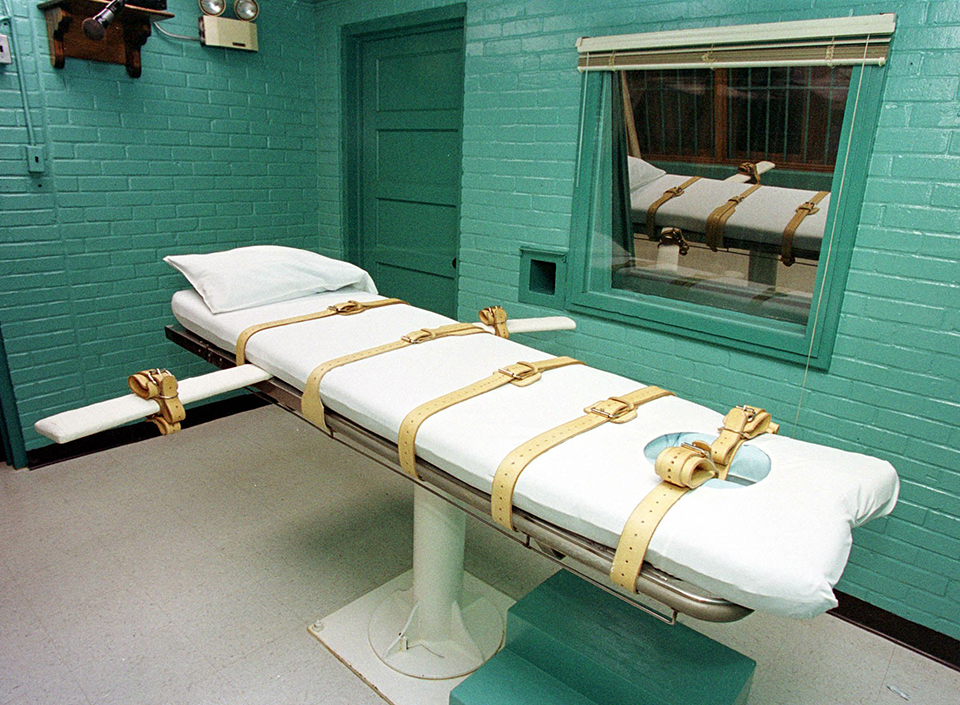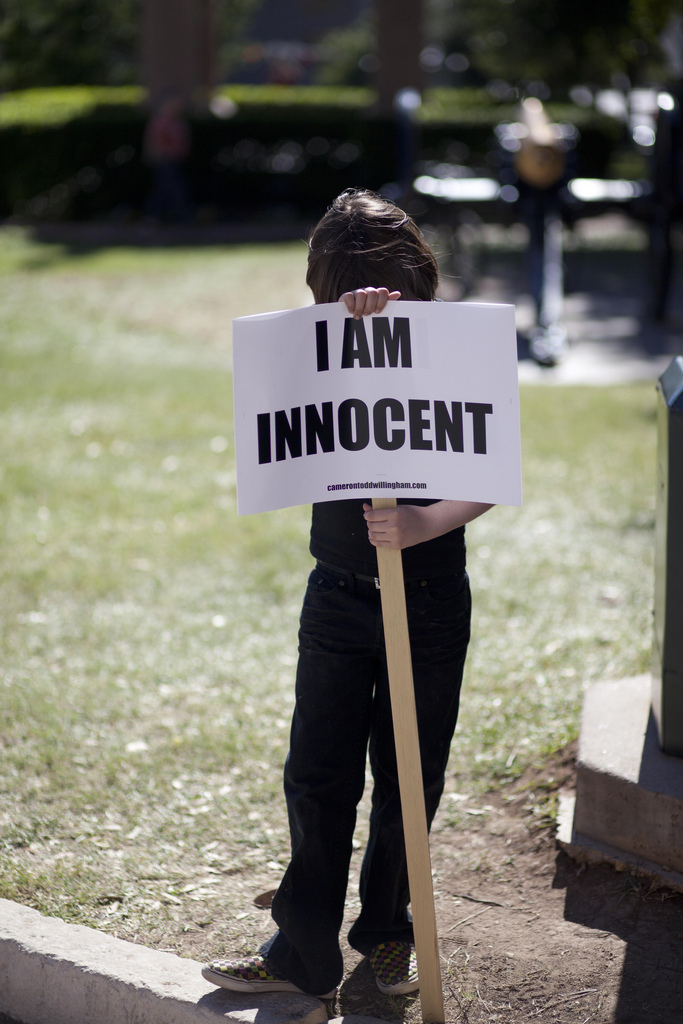The Austin-American Statesman has a slide show containing their staff’s best photographic work of 2010 covering major stories. Included in the slide show is a photo of one of the demonstrations we held at the Texas Capitol to bring attention to the case (the photo appears at minute 4:53 in the slide show). The Austin-American Statesman agreed with us writing in an editorial that life without parole would be a fairer sentence for Powell.
We spent considerable time working with his supporters and lawyers last summer trying to stop the execution of David Powell, who posed no future danger to anyone and whose sentence should have been commuted to life in prison. Click here to watch news coverage of the press conference we organized with Powell’s family, friends and lawyers. Powell was an asset inside the prison walls whose behavior and interactions with other inmates contributed to creating a less violent, more humane environment on death row.











